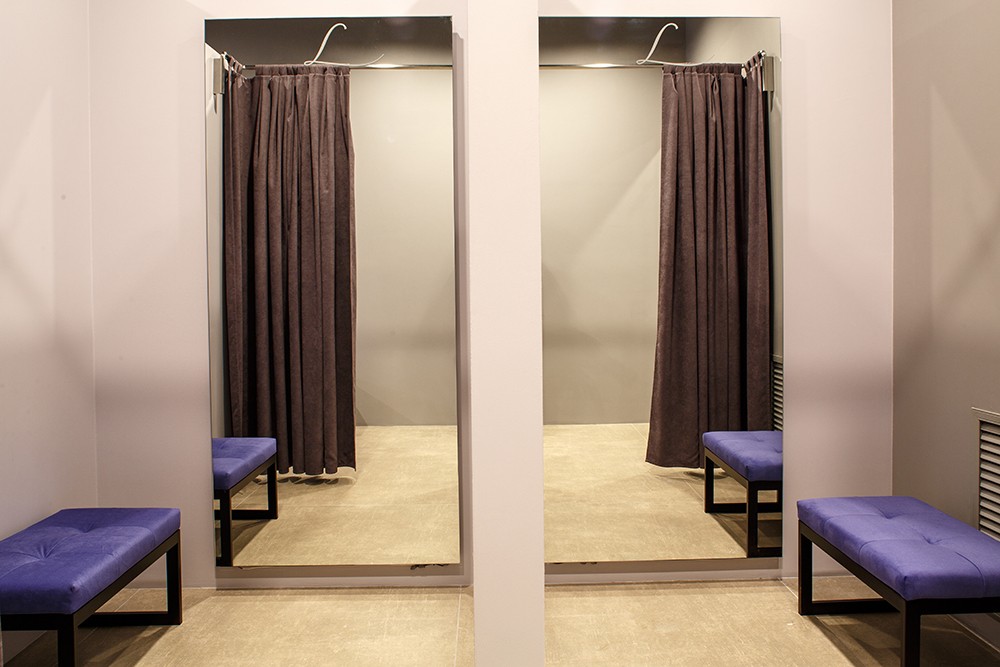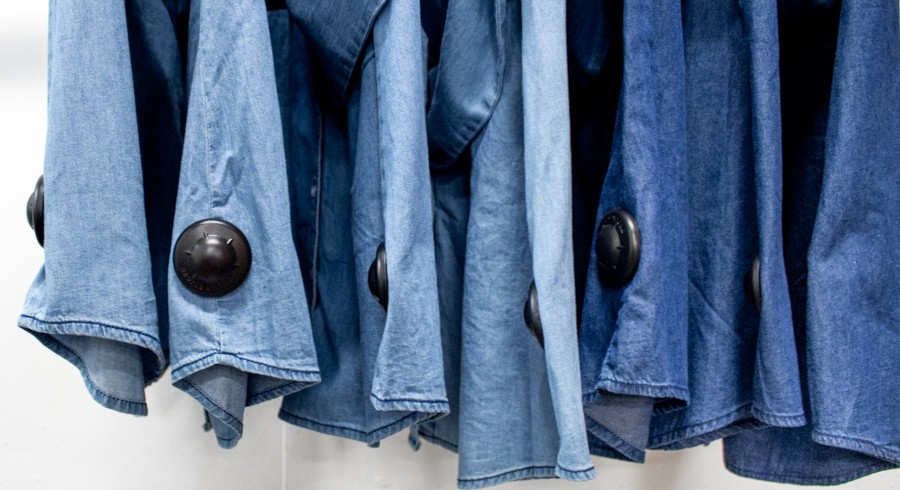
How to stop shoplifting in the fitting room
For many apparel retailers the fitting room presents one of the biggest challenges in the battle against shoplifting.
Out of range of CCTV, private, and often busy, the fitting room offers an ideal venue for shoplifters to conceal items before removing them from the store.
So how do you guard against theft in this notoriously challenging area of any clothing store? Here are the top four tips to stop shoplifting in the fitting room.
The change room challenge
In the competitive world of fashion retail, the fitting room is a necessity. It offers consumers a private space to experience an item of clothing to see exactly how it looks and feels prior to purchase. But the very fact it is private makes this an area renowned for theft.
Each day, multiple consumers take multiple products in and out of the change room and they often have additional items like bags in tow. This offers a wealth of opportunity for thieves to employ common shoplifting techniques.
The good news is a combination of staffing, strategy and technology can drastically reduce potential thefts in the fitting room. Here’s how…
Meet and great
Well-trained staff are the first line of defense when it comes to preventing fitting room theft. Staff should be prominently positioned to meet and greet the customer, observing what goes in and what comes out, while limiting the number of items that are permitted in the change room.
These sales associates should also be trained to look for suspicious behaviour and be well-versed in the most common shoplifting techniques.
Common shoplifting techniques used in the fitting room include:
- layering stolen items beneath the consumer’s own clothing
- “boosting” using purpose-built bags that are designed to conceal items and interfere with older electronic article surveillance systems; and
- price switching
In smaller stores where it’s not feasible to have dedicated change room greeters, the fitting room should be positioned near the counter, so staff can readily monitor who is going in and coming out, along with the items that a shopper has with them.
Up to date EAS and security tags
Electronic Article Surveillance (EAS) plays a vital role in ensuring staff are alerted when a shoplifter attempts to leave the store with an item, but the key is to ensure tags cannot be removed in the change room.
In short, it is recommended apparel retailers opt for security tags with a minimum strength of SuperLock, use clam shell tags for tamper resistance where feasible, and look to features like large pin heads, which discourage forced removal.
You can learn more about selecting the right security tags here. Meanwhile, a key indicator your EAS security tags are not up to par is when staff find them detached from products and discarded in the change rooms.
Fitting room design
The general design of a change room can also assist with preventing shoplifting. Although fitting rooms are by nature intended to be private, they should feel as though they have a level of visibility.
Top techniques for balancing the privacy of the fitting room with a sense of visibility include:
- Positioning fitting rooms near high traffic areas
- Using features like short doors (so feet can be seen)
- Installing visible deterrents like signage, or prominent CCTV outside the change room entry
Fitting room technology
Purpose-designed technology like Apparel Guard is available to detect tag detachers within change-rooms, allowing staff to be alerted when a would-be thief attempts to remove EAS tags.
The system is RF and AM compatible and involves the simple installation of antenna and a controller that can cover a number of changerooms.
The final word
The fitting room is one area where the balance between loss prevention and customer experience is at its most challenging.
However, when retailers employ good design, great customer service and available technology, the shoplifting threat is greatly reduced.



